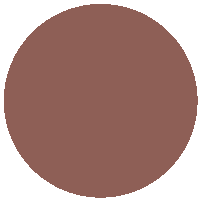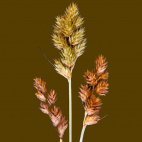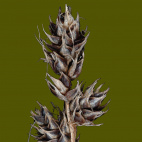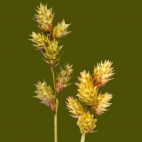Color
USDA Zone
Region
Type
Duration
Season
Germination
Soil
Sunlight
Height
Narrow Your Search
Color
USDA Zone
Region
Type
Duration
Season
Germination
Soil
Sunlight
Height
US Native Sedge Seeds
These Sedge grass seeds are an interesting bunch. Most of these come from the genus of Carex and most are cool season type grasses. A lot of sedges are at home in a wetland habitat, but there are some that tolerate mesic soils as well. There are actually hundreds of the Carex family in existence, so this is just a sampling of the unique species to be found in this family. Sedge grasses are almost impossible to identify by their leaves, but identification becomes more apparent when the seed heads appear because they are so unique.
-
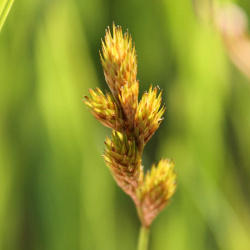 Bebb's Oval Sedge Seeds
Carex bebbii
Quick View
x
Bebb's Oval Sedge Seeds
Carex bebbii
Quick View
xBebb's Oval Sedge Seeds
Starting at $3.48 USD -
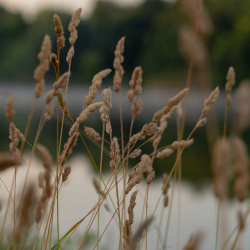 On Sale!
Brown Fox Sedge Seeds
Carex vulpinoidea
Quick View
x
On Sale!
Brown Fox Sedge Seeds
Carex vulpinoidea
Quick View
xBrown Fox Sedge Seeds
Carex vulpinoidea
With seedheads resembling bushy fox tails, this native sedge is one of the most common members of the Sedge family. It is highly adaptable to either sun or shade and is often seen growing over large marshy areas.
Starting at $3.25 USD -
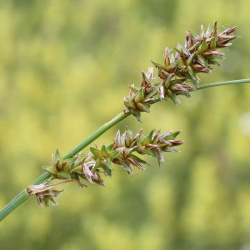 On Sale!
Long Awned Bracted Sedge Seeds
Carex gravida
Quick View
x
On Sale!
Long Awned Bracted Sedge Seeds
Carex gravida
Quick View
xLong Awned Bracted Sedge Seeds
Carex gravida
Rarely found in the wild, this low-growing sedge prefers soils that are on the dry side. If the environment is too wet, it can develop mold or fungus on the plant, which prevents it from going to seed. Like most sedges, this is a cool-season perennial, and so forms seeds early in the season, and drops its seeds in the summer.
Starting at $3.96 USD -
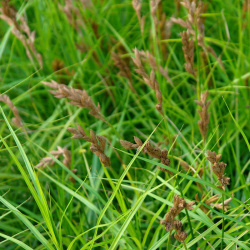 On Sale!
Oval Sedge Seeds
Carex scoparia
Quick View
x
On Sale!
Oval Sedge Seeds
Carex scoparia
Quick View
xOval Sedge Seeds
Starting at $3.25 USD -
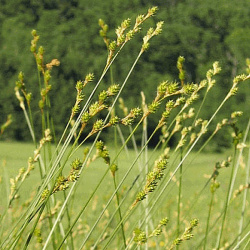 On Sale!
Plains Oval Sedge Seeds
Carex brevior
Quick View
x
On Sale!
Plains Oval Sedge Seeds
Carex brevior
Quick View
xPlains Oval Sedge Seeds
Starting at $3.48 USD
These Sedge grass seeds are an interesting bunch. Most of these come from the genus of Carex and most are cool season type grasses. A lot of sedges are at home in a wetland habitat, but there are some that tolerate mesic soils as well. There are actually hundreds of the Carex family in existence, so this is just a sampling of the unique species to be found in this family. Sedge grasses are almost impossible to identify by their leaves, but identification becomes more apparent when the seed heads appear because they are so unique.
